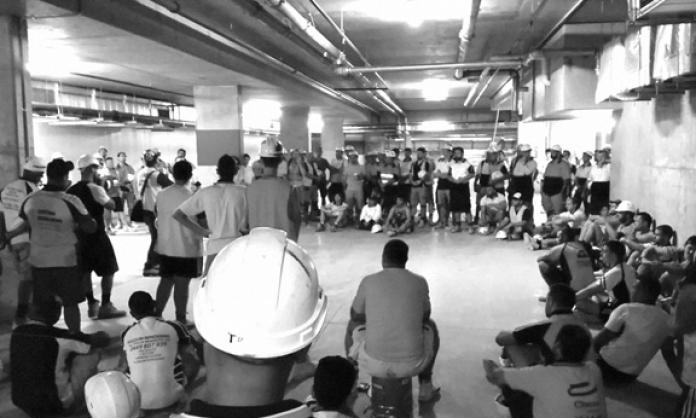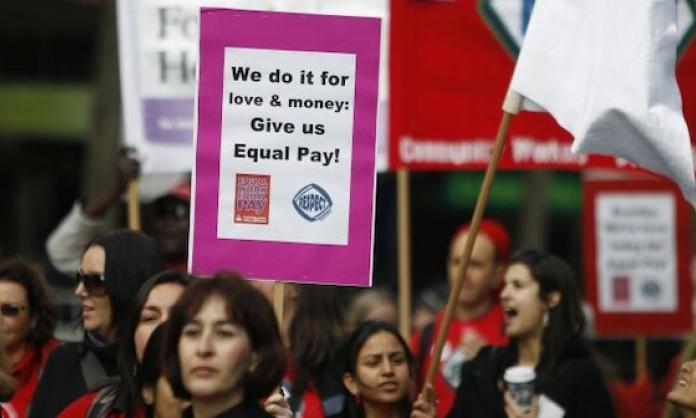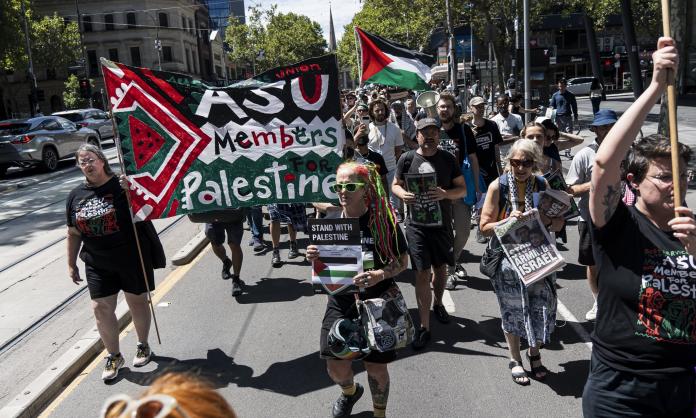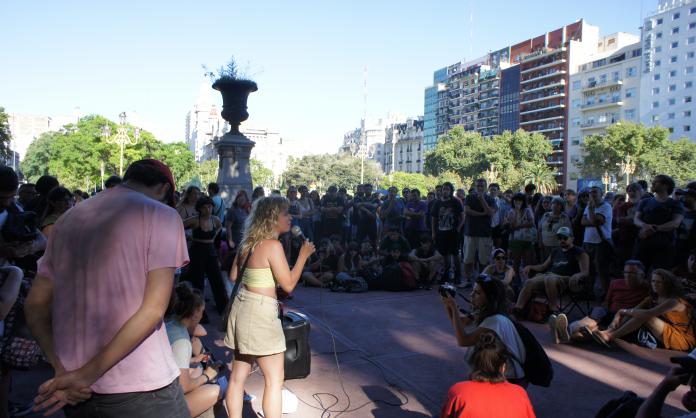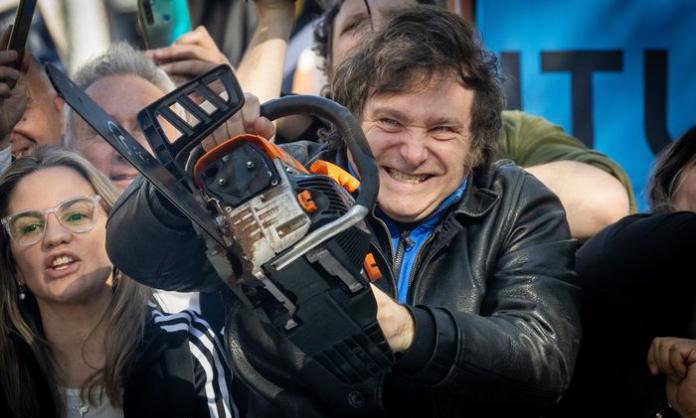A boom town has sprung up in a former industrial area eight kilometres south of Sydney’s CBD. In the decade since it was declared an urban regeneration site, thousands of high rise apartments have been built in Wolli Creek. Hundreds more are in construction.
When I started work on one of those developments, Discovery Point, I immediately realised that safe working conditions were not standard there. The company, Ganellen, values its role in this project at $80 million, according to its website. Nonetheless, it tries to add to this fortune by cutting corners.
The day I started work as a painter, they sent me outside on the scaffolds. Instead of clearing the scaffolds, the bosses leave piles of hazardous materials and rubbish on the platforms.
You could see in the face of each of us the anger that had been there before and now the satisfaction as we finally took a stand.
To save money, the builders also try to dismantle the scaffolds as soon as possible. As a result, scaffolders are forced to disassemble the platforms almost at the same time as the cleaners, window installers and painters are doing final touches. It is chaos. Most of the time, they remove the mesh safety screen first, which leaves almost a one metre gap on the outer side of the scaffold through which anyone could easily fall to their death.
I started work there on 25 February, and soon found that everyone was complaining about safety and lack of clean water and acceptable amenities. I called my CFMEU organiser and told him about the problems.
Over the next two weeks, I talked to many of the workers around me. Every day when we finished work and went to the wash-up, someone was complaining about the amenities. On the scaffolds, everyone, even recent migrants who couldn’t speak English, showed their frustration about the dangerous conditions, through gestures or body language. The situation was ready for a workers’ reaction, but with divisions between workers and different trades, and with no history of union action on the site, it was initially hard to start the protest.
Finally, on the morning of 9 March, a few minutes after we took the hoist and went on the scaffolds, a union official came on site. We decided to stop work, and 200 of us went to the basement for an urgent meeting about site safety. The union organiser talked about our right to work in a safe enviroment.
Then we went to the main shed so that every worker on site could join in and have a vote on what to do. That was a very exciting moment. You could see in the face of each of us the anger that had been there before and now the satisfaction as we finally took a stand.
The lunch shed is too small. Just one-third of us can fit in there. So we had to have the meeting outside, in front of the building. While we were assembling, the site manager said we should all “go back to work” and they would fix the problems during the week.
Everyone could see the bosses watching. When it came to the vote for a stoppage until the site was made safe, about 30 of us shouted “yes”. When the vote to go back was taken, there was silence. After more discussion, the question was put again. This time, almost everyone said “yes”, and you could hear the powerful roar of unity.
For a company that had done nothing about safety, a lot became possible very quickly. When they saw that no one was going back to work, the bosses quickly sent an army of cleaners, plumbers, electricians and joiners to do the necessary work.
By the end of the work day, a big clean shed was built, all the water bubblers were cleaned and up and running, toilets and showers were cleaned, and workers on the scaffolds had removed all the dangerous materials previously piled there.
This was the first strike for many of my workmates, who were astonished by the power they have when they dare to struggle and stop work together. The whole day meant a loss of hundreds of thousands of dollars for the bosses, but we gained everything we demanded.




